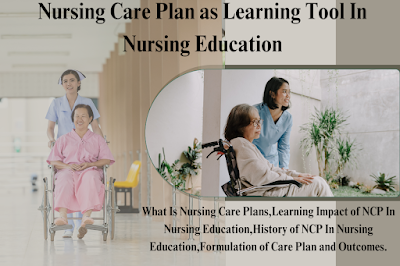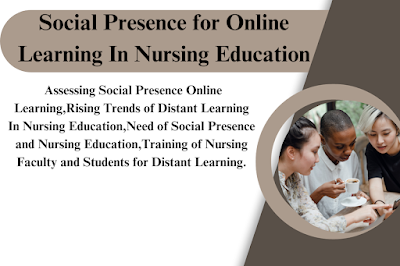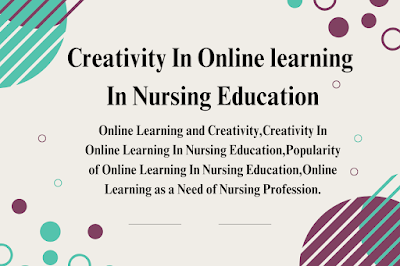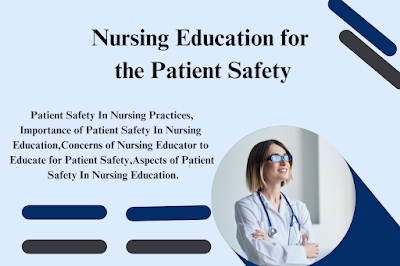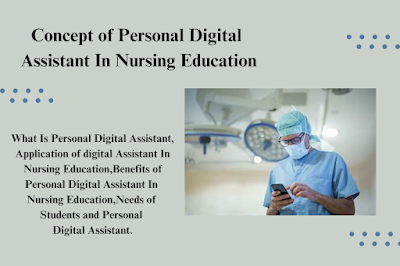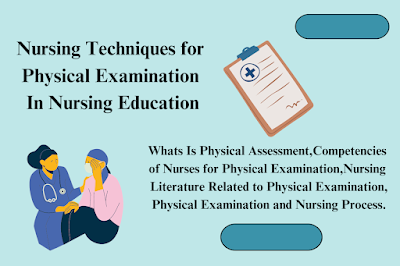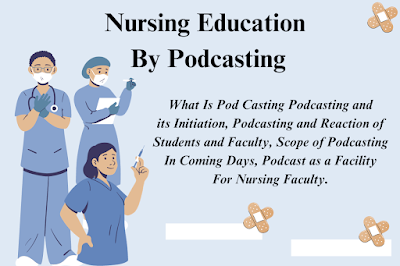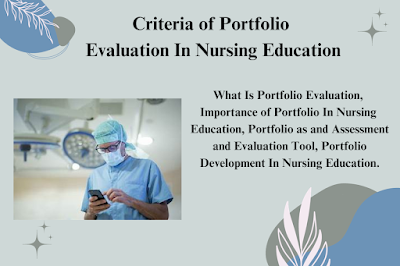Nursing Care Plan as Learning Tool In Nursing Education
The Nursing Care Plan as Learning Tool In Nursing Education. Nursing plans are important learning tools in nursing education because they provide students with a structured framework for applying theoretical knowledge, developing critical thinking, and learning patient-centered care. By systematically working through the nursing process (assessment, diagnosis, planning, implementation, and evaluation) when creating a care … Read more
